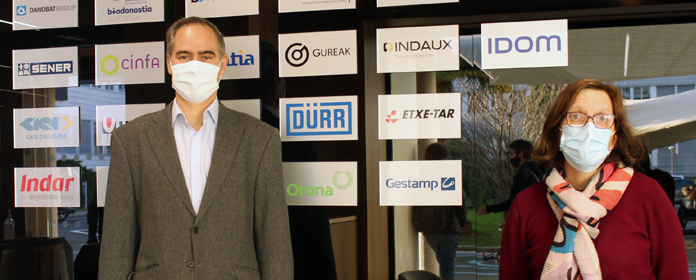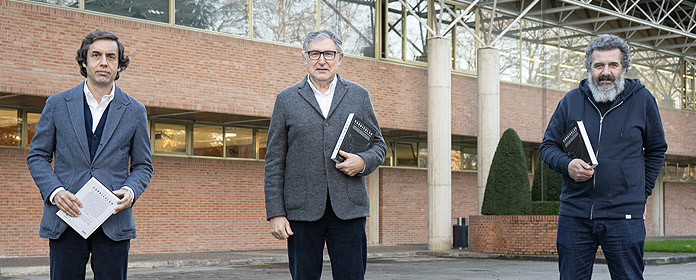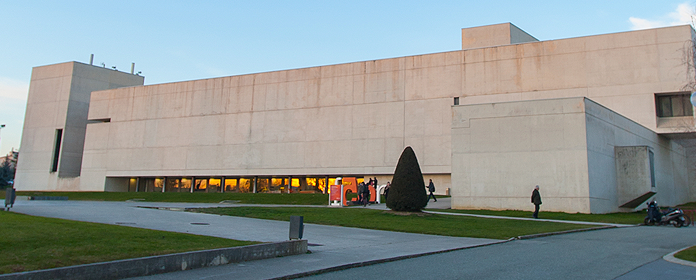New pachyonychia congenita mutation discovered
The research, about a skin disease suffered by a thousand people in the world, has been carried out by a graduate of the University
Francesc Paris, graduate of Pharmacy and Human Nutrition and Dietetics at the University of Navarra (promotion 2013) has discovered a new mutation causing Pachyonychia Congenita: a rare disease characterized by plantar hyperkeratosis (appearance of hardness on the palms of the feet and hands), and of which there are an estimated 1,000 patients in the world, according to the portal of information on rare diseases and orphan drugs, OrphaNet. This new mutation, as Paris explains,"will allow a better diagnosis of patients suffering from this disease subject , and may serve to better understand the mechanisms by which the disease occurs, an essential initial step for the development of new curative therapies".
The work, recently published in the journal Experimental dermatology, one of the leading publications in the sector, has been carried out under the direction of Professor José Luis Vizmanos as internal student in the department of Biochemistry and Genetics, and has counted with the partnership, in the experimental part, of Cristina Hurtado (staff technician of the same department) and of staff clinician of the Departments of Dermatology of the Clínica Universidad de Navarra and the Universitat Rovira i Virgili. It has also been selected for the Archimedes awards of the Ministry of Education, Culture and Sport, whose finalists will be known during this October.
Two years of research as an internal student
It has taken two years for this research to see the light of day, during which there have been critical moments, as Paris recalls: "We have had hard days, such as when we saw sequences of a pseudogene very similar to the one we were looking for and we had to use another strategy to amplify it". However, he also points out that it has been one of the most rewarding experiences of his degree program:"I thank the university for the opportunity it gives students to collaborate in the different Departments. Undoubtedly, I have learned a lot from José Luis; I will keep that and, logically, the incredible sensation of seeing my work published in the journal Experimental Dermatology". Likewise, Cristina Hurtado, co-author of work, highlights "his patience, the time dedicated to research and everything he has taught her about the world of laboratory".





